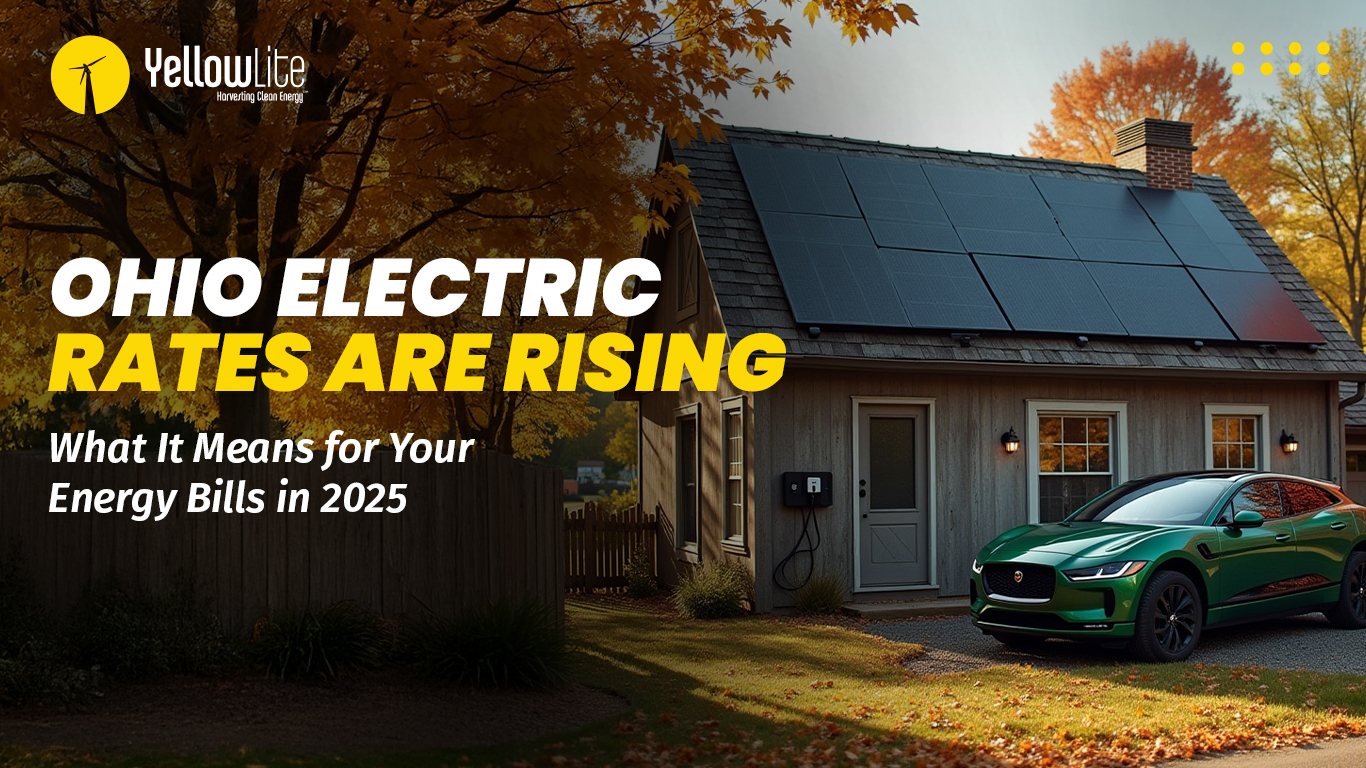By Ali Buttar, YellowLite, Inc.
Whenever I talk to people about solar power systems, the first question they ask is: Is there enough sun in Ohio for solar power to be beneficial? For some, it might be an outright conclusion that solar power is not viable in Ohio. Perhaps it has to do with the gray winter months full of snow.
However, the simple answer is yes, Ohio has ample sunlight for solar systems to produce extraordinary amounts of energy. As a matter of fact, most of our customers are producing north of 75% of their annual energy needs through solar photovoltaic. Some are even getting paid by the utility companies at the end of the year for producing more than 100%! Here are a few non-conventional arguments as to why it makes more sense to go solar in Ohio!
There are a few reasons why Ohio and bordering states would do better in certain instances compared to southern states.Solar panels are made of silicon - 99.99% pure silicon. Consider your personal computer. When it gets hot, its efficiency goes down. The same happens with solar modules. Sunlight alone isn't the answer – temperature plays a very vital role as well when it comes to energy production, and Ohio's summer months give the ideal range of 70-85°F temperatures to pretty much max out the power output of solar modules.
For example, if same-sized solar power systems were operating in Ohio and Texas on June 21, the Ohio system would produce more energy because it would run more efficiently. Why? Solar modules max power outputs are tested at 75°F. As the temperature rises past this, the power rating starts to drop. In Texas, at 95°F, a 250-watt solar module will be producing 228 watts of power, compared to 250 watts at 75°F in Ohio. That's about a 10 percent decline in power.
In addition to the temperature difference, consider the table below. The length of days during summer months in higher-latitude states are actually longer compared to lower-latitude states. The table below shows the length of day along with geographical latitude angles.
Chicago gets about 90 minutes of additional daylight compared to say, Miami, as shown in the table. The reason has to do with the sun's arc. The following illustration explains:

As you can see, the image shows how the sun would arc at the equator on June 21, creating 12-hour days and 12-hour nights. As the latitude increases, the arc starts to increase, and with it, a day's length. The red suns depicts the time when twilight occurs.
More efficient operation and longer daylight hours, what more can we ask for?



